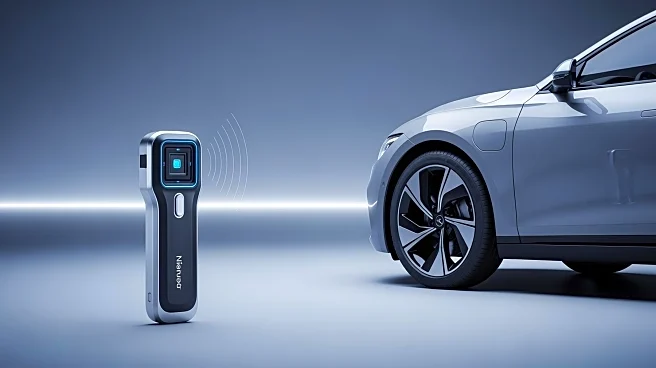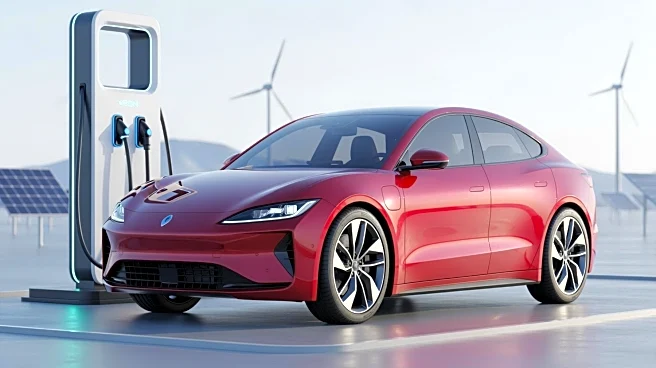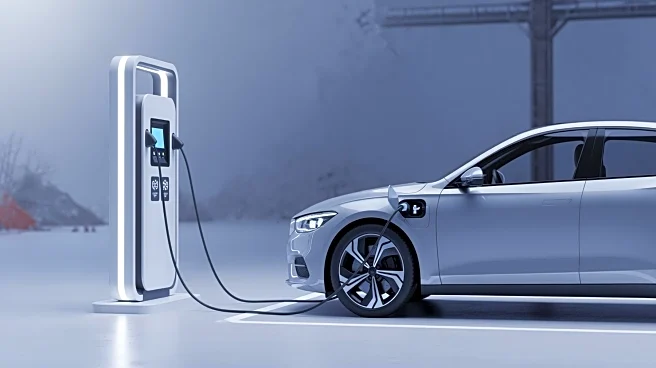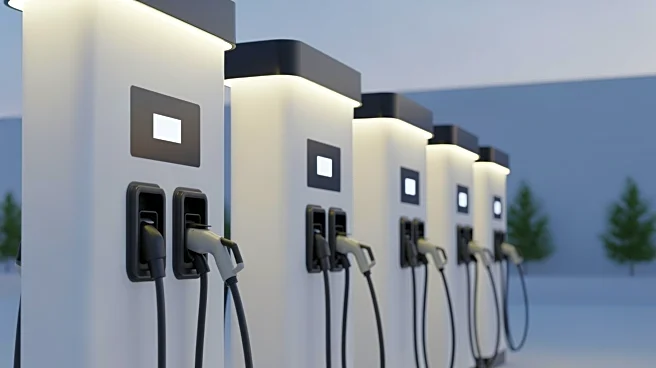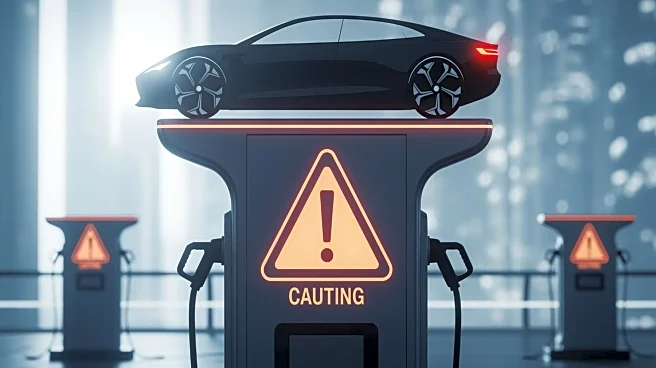What's Happening?
NXP is introducing lab-grade diagnostics into electric vehicles (EVs) to improve battery health monitoring, which is crucial for safety and performance. Battery health can be affected by various factors
such as chemistry, temperature exposure, and charging speeds. When issues arise within a battery cell, they can lead to thermal runaway events, resulting in fires that burn hotter and faster than those in traditional internal combustion engine vehicles. Although these incidents are rare, they pose a significant risk that deters some consumers from adopting EVs. NXP's advancements in battery management systems (BMS) aim to alleviate consumer concerns by enabling faster charging and improved range.
Why It's Important?
The integration of advanced diagnostics in EVs is significant for the automotive industry as it addresses safety concerns that have been a barrier to wider EV adoption. By enhancing battery management systems, NXP is contributing to increased consumer confidence in EV technology, potentially accelerating the transition from internal combustion engine vehicles to electric ones. This development could lead to broader acceptance of EVs, impacting manufacturers, consumers, and environmental stakeholders by promoting cleaner transportation options and reducing reliance on fossil fuels.
What's Next?
As NXP's lab-grade diagnostics become more integrated into EVs, manufacturers may focus on further innovations in battery technology to enhance safety and performance. This could lead to collaborations between tech companies and automakers to develop more efficient and reliable EVs. Additionally, consumer education on the benefits of advanced battery management systems might increase, encouraging more people to consider EVs as a viable alternative to traditional vehicles.
Beyond the Headlines
The introduction of advanced diagnostics in EVs may also influence regulatory standards for battery safety and performance, prompting updates to existing guidelines. This could lead to a shift in industry practices, with manufacturers prioritizing safety features in their EV designs. Furthermore, the technology could pave the way for new research into battery chemistry and management, potentially leading to breakthroughs in energy storage solutions.
